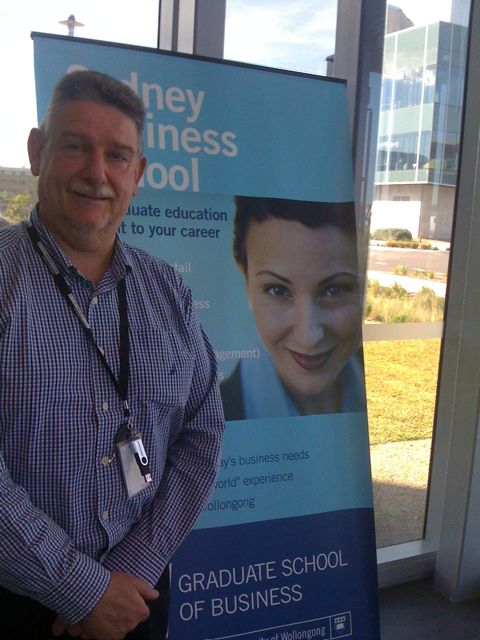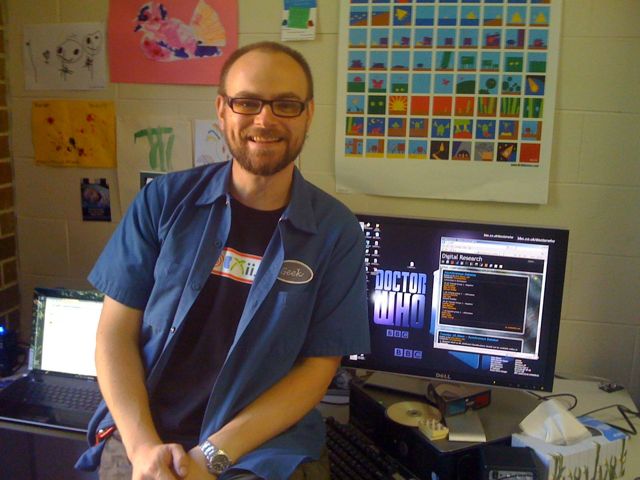Collaboratively or individually produced concept maps included as a link within a blog post… If this sounds interesting read on for a free solution.
It was created online at…http://www.bubbl.us
A link was generated within the online tool that was then added to this post.
– It can be a private mind map or collaboratively authored.
– It can also be exported as an image (.jpg or.png).
– It is free – A map image can be exported without creating an account but to save, share etc a – free – account needs to be created.
If students were using a blog to discuss/respond/reflect they could produce the mind map and then create a post with a link to the mind map image as I have done here.
Similarly it is another option for collaborative brainstorming activities between researchers, co-authors etc.
It’s worth a look 🙂




